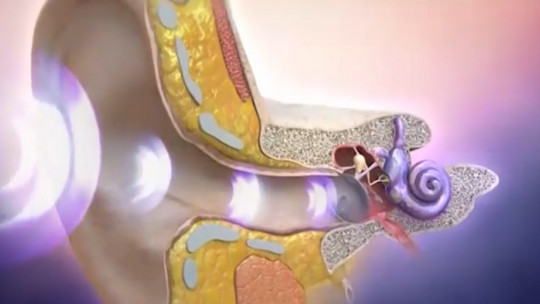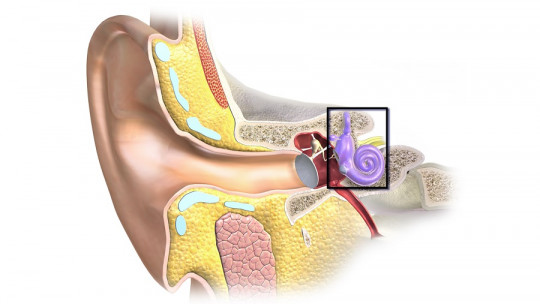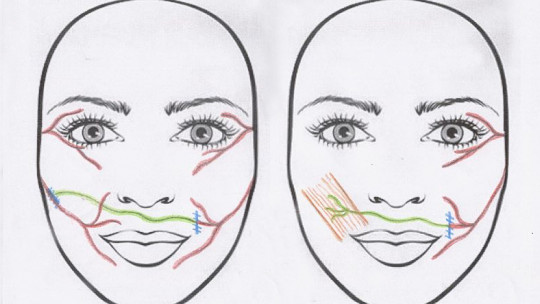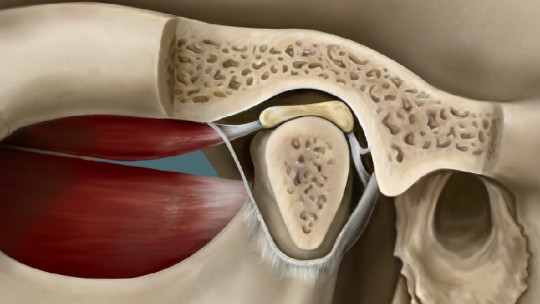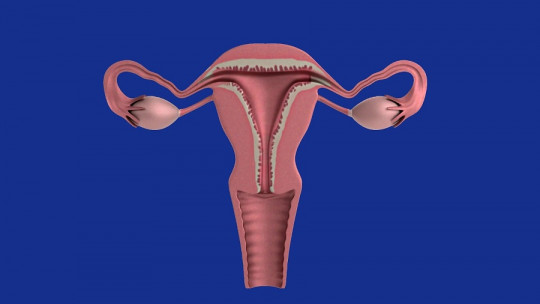Tinnitus or tinnitus is a problem for both the doctor and the patient, classically defined as the perception of one or more sounds without an external source of emission.
If your perception is only a few seconds it can be considered normal, but If it lasts several hours or days, a consultation with an otorhinolaryngology specialist is necessary It is estimated that in Spain more than 800,000 people suffer from it.
Tinnitus treatments
The causes, as well as the treatments, are multiple, but The most important thing remains to make a correct diagnosis and rule out organic causes
It is essential to assess the psychoemotional component of tinnitus. The therapist’s vision must be multidisciplinary, based on the intervention of the otorhinolaryngologist, the psychologist or psychiatrist, and the audiologist or hearing aid specialist.
Within the therapies we find: pharmacology, vagal stimulation, acoustic stimulation therapy, transcranial magnetic therapy, psychological training and habituation therapy, and laser phototherapy, which acts biologically with its own physical-chemical changes. In any case, It will be the medical specialist who assesses the appropriate treatment for each patient
Vagal stimulation and its effectiveness in the treatment of tinnitus
Vagal stimulation tries to regulate the vagal nuclei of the brain stem through the stimulation of the endings that this system has in the auricle
The function of maintaining internal functional balance (homeostasis) depends on the autonomic nervous system, which participates in the so-called “physiological expression of stress.” With the help of vagal stimulation it is possible to compensate for the physical and psychological stress derived from multiple situations.
Vagal stimulation It is especially indicated to treat disorders related to anxiety and/or stress such as tinnitus, the treatment of compulsive behaviors and addictions, sleep disorders, mood disorders, as well as for the treatment of painful processes.
It is a gentle and painless treatment that is very effective and has a large number of literature that reflects its benefits and efficiency.
Many of the events that happen to us in our lives can be described as stressful A stressful phenomenon, according to the WHO, is “anything that generates reactions in the body to prepare it for action or, what would be the same, prepare it to adapt to a new situation.” The most novel thing in this whole issue is that, currently, we know the types of reactions or changes that occur and where they do so.
We are subjected to many stressful situations (emotional impacts, experiences that generate excessive tension, prolonged worries, aggressive treatments, even a way of living that is too fast and with many difficulties) and therefore doomed to our body generating reactions and internal functional imbalances. .
The function of maintaining internal functional balance (homeostasis) depends on the autonomic nervous system , which is composed of two subsystems: the Parasympathetic Nervous System (PNS) and the sympathetic nervous system (SNS). This essential regulatory system is complex and is made up of both nuclei located in the central nervous system and nerves that contribute to the regulation of various target organs.
The perception of supposed aggressions and threats to our biological system causes a decrease in vagal tone and an increase in sympathetic tone, and this imbalance is what can be used to develop definitions of stress.
This imbalance in our own autonomic system can cause the appearance of various pathologies among others, tinnitus, which, if it responds to an anxiety-inducing pathological basis, is appropriate to receive Vagal Stimulation Therapy with satisfactory results.
If many of the circumstances already mentioned in this article and that have been called stressful generate a modification in our internal physiological balance (due to a decrease in vagal parasympathetic tone, which generates symptoms of a very varied nature), but also situations that can become chronic and, Therefore, with the capacity to produce sequelae, it is logical to think that if we support vagal tone, by stimulating it through the pinna, Both the severity of the symptoms derived from the imbalance, as well as the appearance of some of these manifestations and possibly the chronification of these alterations, can be avoided that will generate the consequences.


